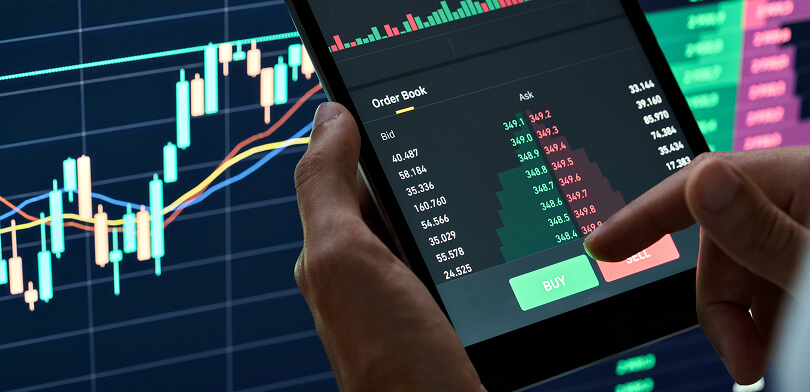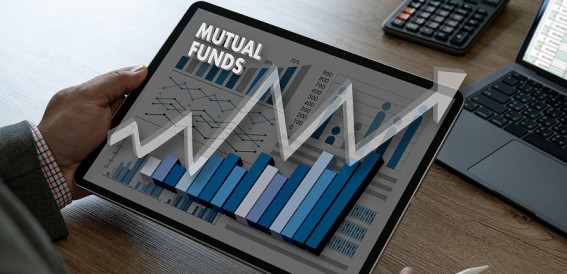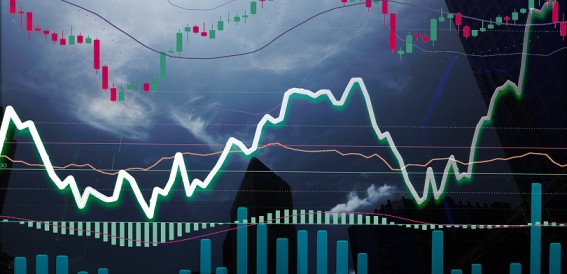- Last Updated: Apr 19,2024 |
- Religare Broking
The commodity market has proved its significance in finance, providing investors and traders with a platform to delve into the diverse world of commodities, from precious metals to agricultural products.
Unlocking the potential of this market, however, demands a nuanced understanding of commodity market timing.
- Commodity Market Timing and Trading
- Commodity Trading Hour
- A Comprehensive Exploration of Commodity Market Timing
Topics Covered:
Commodity Market Timing and Trading
Navigating the vibrant world of the commodity market necessitates more than just capital and aspirations; it demands a strategic understanding of commodity market timing, which can significantly influence the profitability and risk associated with your trading endeavours.
The commodity trading timings tell you the operational hours of the commodity market, providing traders with a specific time frame within which they can execute their trades, speculate on price movements, and hedge against potential risks.
In the Indian context, commodity market timing is bifurcated into two primary sessions, encompassing agricultural and non-agricultural commodities.
The timings for agricultural commodities typically span from 09:00 AM to 09:00 PM, giving traders a window to engage in trading activities related to agricultural products. On the other hand, non-agricultural commodities, such as metals and energy, have a more extended trading window, often spanning from 9:00 AM to 11:30 PM, thereby providing a more extensive frame for traders to engage in speculative and hedging activities.
The importance of understanding commodity trading timings cannot be overstated, as it informs traders about when they can trade and influence the liquidity, volatility, and price dynamics of the commodities being traded.
Recommended Read: What is Commodity Trading
Engaging effectively in the trade in commodity markets demands a meticulous approach that includes being mindful of the global and domestic factors that can influence commodity prices, such as geopolitical events, economic indicators, and supply-demand dynamics.
Moreover, to trade in commodity markets effectively, traders must also be mindful of various strategies, tools, and risk management practices that can enhance their trading efficacy.
This encompasses technical and fundamental analysis, leverage management, and the utilisation of various trading instruments, such as futures and options, which can provide traders with strategic avenues to hedge against risks and capitalise on anticipated price movements.
Commodity Trading Hour
Embarking on a journey through the expansive terrains of the commodity market, commodity trading hours are a pivotal aspect that navigates traders through the ins and outs of this financial landscape.
The clock ticking on the commodity market dictates when trades can be executed and significantly influences the market's volatility, liquidity, and strategic approaches.
So, a nuanced understanding of commodity trading hours becomes indispensable, ensuring that traders can astutely align their strategies with the timings of the market.
The structure of commodity trading is thoughtfully crafted, entailing various commodities' unique characteristics and trading patterns.
The extended timeframe enables traders to engage in trading activities for a more extended period and also allows them to respond to global market events and price movements, given the international influences on non-agricultural commodity prices.
Delving deeper into commodity trading hours, it’s pivotal to recognise the embedded strategic implications. The market's opening hours often witness a surge in trading activities, influenced by news and events that have unfolded since the last reading session.
Additionally Read: Understanding Demat Account
Similarly, the closing hours also tend to experience heightened activities as traders adjust their positions to mitigate overnight risks. Furthermore, global events, economic releases, and geopolitical developments can influence commodity prices, making certain hours more volatile and potentially more profitable (or loss-inducing) than others.
Moreover, commodity trading hours also intertwine with technological aspects, as online trading platforms allow traders to engage in trading activities seamlessly, ensuring that they can leverage the opportunities and navigate the risks that emerge within these trading hours.
A Comprehensive Exploration of Commodity Market Timing
Understanding commodity market timing is like mastering a crucial element of the commodity trading world. The clock isn't just a backdrop; it's a dynamic force that shapes trading strategies, market liquidity, and profit outcomes.
Commodity market timing isn't just about knowing when to trade; it's about connecting with the global market, tracking economic indicators, and staying informed about geopolitical events. These factors result in the rise and fall of commodity prices and trading actions.
In India, commodity market timing is carefully structured to fit the unique nature of different commodities. It's split into two key segments: one for agricultural commodities and another for non-agricultural ones.
Agricultural commodities, sensitive to seasonal and climatic factors, are traded from 09:00 AM to 09:00 PM, offering a daytime trading window.
Recommended Read: What is Options Trading
Non-agricultural commodities like metals and energy trade from 9:00 AM to 11:30 PM, allowing real-time response to global market influences.
Within these hours, domestic and international traders converge, impacting commodity prices.
Commodity market timing involves understanding how global events (economics, geopolitics, news) affect prices. For example, increased industrial production may boost metal prices, while geopolitical tensions impact energy prices.
Traders must align strategies and risk management with these influences to navigate market opportunities and challenges. Technology plays a crucial role, enabling online trading and real-time analysis across geographical boundaries.
Conclusion
Timing is crucial in commodity markets, where factors like global events and economic indicators influence price movements. Stay ahead of market fluctuations with real-time updates and trading capabilities provided by an online demat account, ensuring efficient execution of commodity trades at opportune moments.















